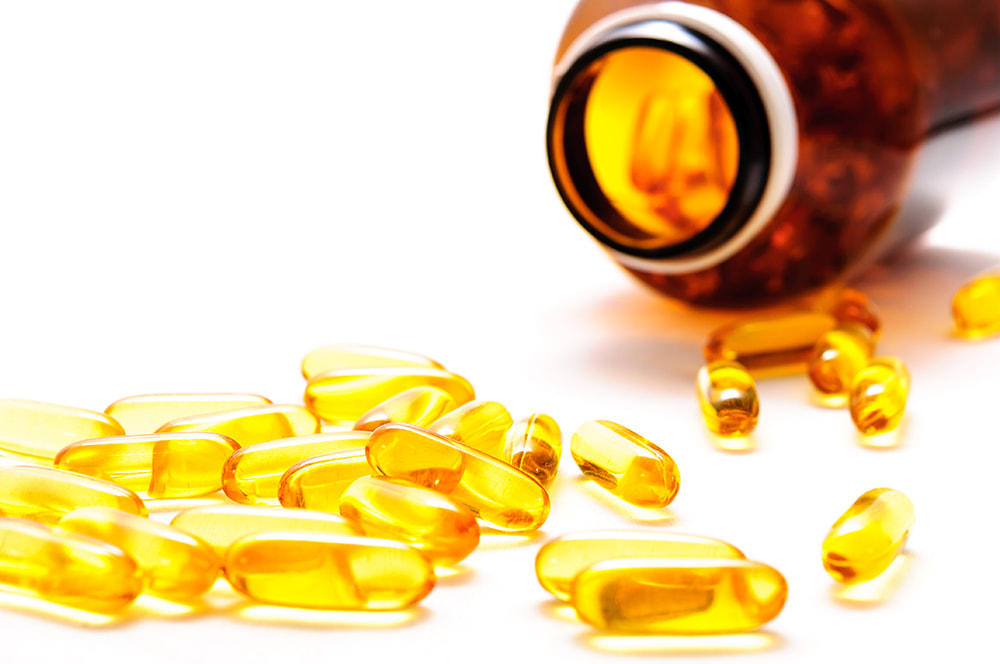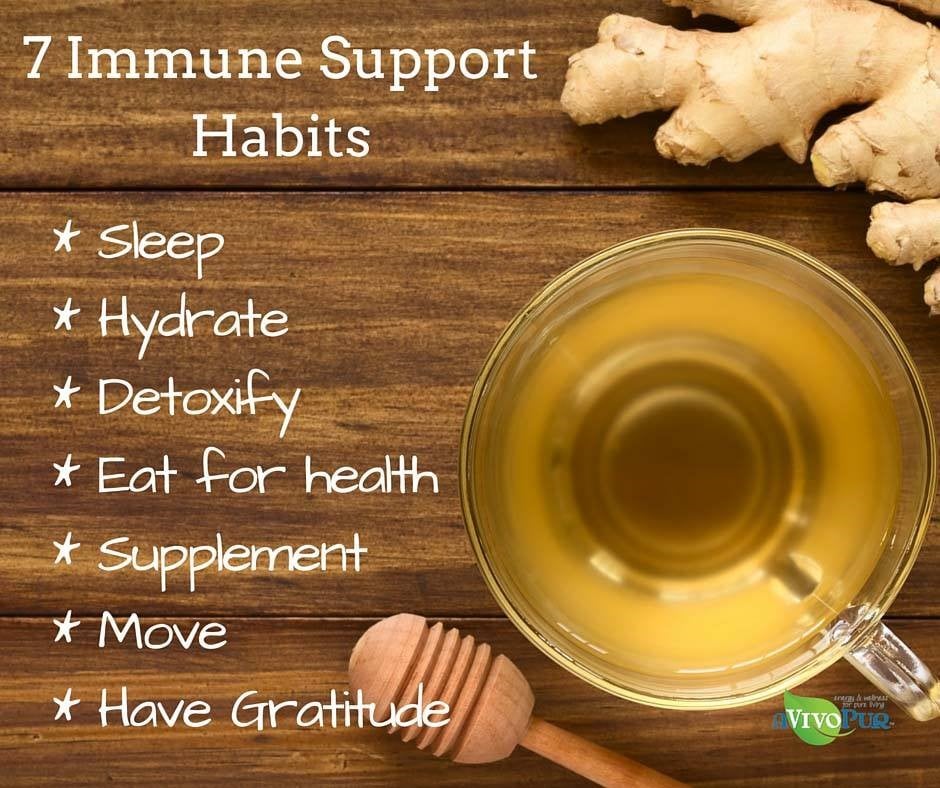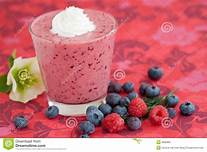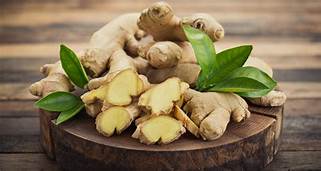|
FOOD AND NUTRITION
3 Foods That Could Be Causing Your Bout of Brain Fog, and What RDs Recommend Eating Instead. Elsie Yang・August 20, 2021 We all know the feeling. It’s 3pm (or 3am), the edges have blurred, nothing is really registering, and it would be a challenge to tell someone your name—much less answer the question your boss just levied at you. It is not a hangover, you're not under the weather or dealing with low blood sugar, and you actually got eight hours of sleep last night. So what gives? Chances are, you're dealing with a minor bout of brain fog, a relatively common feeling that folks experience, sometimes without a clear catalyst. “Brain fog is a term used to describe a feeling of not being able to think as sharply and clearly as you’re used to,” says Samantha Cassetty, RD. “Sometimes people say they feel fuzzy or cloudy, and it can be associated with peri-menopause and menopause.” That said, Cassetty adds that brain fog often exists in the absence of any known cause. “Brain fog is not a medical condition, but rather a symptom,” says Keri Gans, RDN, in agreement. “There may be many factors, such as lack of sleep, too much sleep, depression, certain medications or illness, dehydration, or diet.” While it can be difficult to control many of these factors, there are certain foods that may amplify some of the symptoms associated with brain fog. We chatted with both Cassetty and Gans to learn more about the foods that may be making us a little more drowsy and a little less sharp—i.e. somewhere generally south of our usual mental clarity and focus A-game. 3 foods that contribute to brain fog, according to RDs 1. Heavily processed foods, including processed meat and sugary beverages “In general, heavily-processed foods that are high in refined grains, added sugars, and sodium are likely culprits of brain fog,” says Cassetty. “Processed meats and artificial sweeteners may also be linked to brain fog.” These categories can indeed be applied to that sweet late-afternoon latte you were hoping would give you a mental boost. Cassetty notes that when folks swap out heavily-processed foods for whole or minimally-processed plant foods, some will experience better mental clarity and energy. “Sometimes people don't even realize how foggy they feel until they start feeling sharper by making some lifestyle adjustments,” she notes. When it comes to choosing a snack that will help you focus, Maya Feller, MS, RD, recommends balancing fresh produce with lean protein or fat, and drinking plenty of water. "I encourage afternoon snacks that provide sustained energy, rather than heavily processed, sugary ones that give a boost followed by a crash," she previously told Well+Good. Her number-one tip: "Combine nutrient-rich fruits or veggies that give quick energy and hydration with a lean protein or fat for staying power." 2. Alcohol Yes, sometimes, the culprit of your foggy feeling is indeed none other than alcohol. As such, experts recommend being careful about over-imbibing on a daily basis. “It is a good idea to stay within the alcohol limits of no more than one drink a day for women and no more than two drinks a day for men,” Cassetty recommends. While occasional celebrating is only natural, excessive consumption of alcohol is dangerous and linked to increased risk of chronic illness, liver disease, and insomnia, among many other serious health concerns. If you're in search of a beverage that will give your brain health a boost, try this delicious (and energizing) herbal tea made with cacao, rosemary, and other nootropics. According to herbalist Rachelle Robinett, nootropics are a great way to get a boost of energy and clarity. Since these herbs don't have caffeine, you can sip the tea in the evening in place of your nightcap—plus they may help you feel "more balanced, which ultimately results in better energy," she says. 3. A lack of fruits and vegetables If you’re looking to cut processed foods, an easy way to do so is to opt toward fruits and vegetables in their purest form. “Fill half your plate with vegetables or fruits or a mix of the two,” Cassetty recommends. “If you’re not anywhere close to eating this way, don’t worry. Work your way up, starting with one meal or one snack. Numerous studies suggest that this eating pattern can sharpen thinking and improve memory and cognitive skills.” Feller agrees, saying that two great brain-boosting snacks are veggies and a protein-packed dip (like hummus) or fruit. "Fruit's a great choice in the afternoon as long as you balance it out with protein and fat, like a serving of nuts and one ounce of cheese." You can also up your fruit intake by pairing dried fruit like raisins with nuts for a heart-healthy trail mix. RD tips and foods for preventing brain fog: In addition to keeping an eye on processed foods, alcohol, and a lack of fresh produce in your diet, there are other ways to reduce brain fog, experts say. “Antioxidant and anti-inflammatory-rich plant foods can reduce oxidative stress and inflammation that may induce the feeling of brain fog,” Cassetty notes. That means that instead of a piece of white toast, opt for whole-grain toast. Try to eat brown rice or quinoa in place of white rice, and switch from sugary cereals to whole-grain, low-sugar versions. The addition of fiber in these lesser-refined foods will help your blood sugar levels stay stable, which also helps with focus and mental clarity. Moreover, it’s worth paying attention to the source of fat in your diet. Replace saturated fats with better-for-you unsaturated options like extra virgin olive oil and avocado oil when possible, and snack on avocados, walnuts, and chia seeds. Gans and Cassetty both also strongly emphasizes the importance of brain-boosting behaviors, including resting, being active, and managing stress. “Aim to get 7-9 hours of sleep per night,” Gans says. Cassetty agrees, saying that "exercise, sleep, and finding healthy ways to cope with stress are all beneficial to your brain health and can help you prevent brain fog.” All of this aside, it’s worth noting that brain fog can also be caused by more serious medical conditions. If you are experiencing severe or frequent brain fog, speak to a health professional immediately. And remember that all foods in moderation are more than okay, experts agree—the most important takeaway here is to adjust your habits in a way that ultimately feels beneficial and fitting for your lifestyle (and your noggin). EXPERTS REFERENCED Keri Gans Registered Dietician Maya Feller, RD Registered dietitian and nutritionist Rachelle Robinett Holistic Health Coach, Herbalist, and Supernatural Founder Samantha Cassetty, MS, RD Registered Dietitian
0 Comments
Stretches and exercises for SI joint pain
Numerous muscles attach to your pelvis and sacrum. If any of these muscles become overly tight, they can cause changes in your movement patterns. This, in turn, can put more stress on your SI joint. Stretching the muscles around your SI joint can potentially help you loosen up tight areas. This may help relieve tension in your lower back and make it easier to move around with less pain and discomfort. Try to set aside some time each day to stretch. Even doing a couple of stretches for a few minutes a day can go a long way. Let’s take a closer look at 5 stretches and 2 gentle exercises you can do at home to help ease SI joint pain. 1. Knee-to-chest stretch The knee to chest stretch helps elongate the muscles in your hip. If you’re having trouble reaching your knee, you can hook a strap or band behind your knee. To do this stretch:
The double knee-to-chest stretch may help ease SI joint pain by reducing tension in your lower back, hamstrings, and hips. Like with the stretch above, you can try to hook a strap behind your knees if you’re having trouble reaching your knees. To do this stretch:
The figure 4 is a great way to target multiple muscle groups at the same time. You’ll likely feel this stretch primarily in your outer hip and glutes. You can use a strap or band if you’re having trouble reaching your knee. To do this stretch:
Trunk rotations help stretch the muscles located on the sides of your core. When performing this stretch, only twist as far as you can comfortably. Stop immediately if it hurts your lower back. To do this stretch:
The quad stretch is a simple stretch that targets the quadriceps muscle in the front of your thigh. When stretching, don’t force your heel to your butt if it’s uncomfortable. Instead, just bring it as close to you can. Share on Pinterest To do this stretch:
The adductor squeeze isn’t a stretch. Instead, it’s a gentle exercise that can help reduce stiffness in the muscles surrounding your SI joint. Share on Pinterest To do this exercise:
This exercise, like the one above, isn’t a stretch, but this movement can help reduce the stiffness in the muscles surrounding your SI joint. Try to use a relatively thin band that won’t cause discomfort in your lower back during the exercise. Share on Pinterest To do this exercise:
In addition to regular stretches, the following habits may also help reduce or prevent SI joint pain.
Eating healthy is the best way to get your vitamins and minerals. But sometimes we need a little extra help. My favorite immune booster is a product we offer at our office. Integrated Therapeutics EHB immune booster has a great selection of vitamins and essential herbs to keep your immune system running strong. Go to our supplements page to order (order number 166007).
Fresh berries in your smoothie are low on the glycemic index and are high in bioflavonoids. Also, add your favorite herbs like mint or basil to your smoothie for a fresh taste. Kick your smoothie up a little with fresh ginger and or turmeric for their anti-inflammatory benifits. Buy Local Stay Healthy.
Bioflavonoids have been used in alternative medicine as an aid to enhance the action of vitamin C, to support blood circulation, as an antioxidant, and to treat allergies, viruses, or arthritis and other inflammatory conditions. Whiplash is a term used to describe neck pain caused by injuries to the soft tissues of your neck (muscles, ligaments and tendons). Whiplash is a result of abnormal movement and force that causes the neck to be extended past its normal range of motion. Whiplash frequently occurs in auto accidents but can also happen from other events like sports activities and accidental falls. Symptoms of whiplash may include neck pain swelling or tenderness in the neck area, muscle spasms and difficulty moving your neck. At Valverde Chiropractic, we may be able to decrease the pain, discomfort and restrictive movement associated with whiplash.
The Webster Technique which has become a familiar term in the pregnancy and birth conversation. Families are seeking out chiropractors who are proficient in this technique as a way to support a more comfortable, safer, and easier birth. Chiropractic care in pregnancy is vital to the normal physiological pregnancy and birth. The Webster protocol is specific chiropractic sacral analysis and diversified adjustment. The goal of the adjustment is to reduce the effects of SI joint dysfunction.
It is very important to properly diagnose Carpal Tunnel Syndrome. Once you have a proper diagnosis there are many treatments that can relieve your pain and get you back to work quickly. KT taping, IASTM, are just a few of the treatment plans that can help.
The cold and flu season is coming to Florida. Here is one of my favorite immune boosters. EHB by Integrative Therapeutics is offered on our supplement page. It has a great combination of Vitamins and herbs to keep your immune system running at its peak. Some of the ingredients are:
Vitamin A 7,500 IU Vitamin C 750 mg Vitamin B6 37 mg Zinc 22 mg Echinacea: Garlic 150 mg Licorice 150 mg Bromelain 75 mg Oregon Grape Root 75 mg Goldenseal: 5% total alkaloids as berberine 52 mg |
Posted by Valverde ChiropracticCheck here for informative articles and health tips. |
727-565-2562
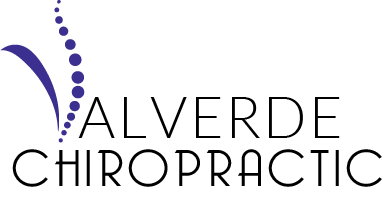
 RSS Feed
RSS Feed

